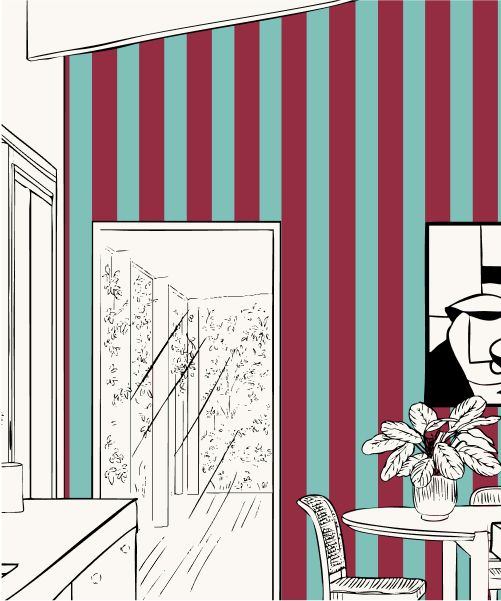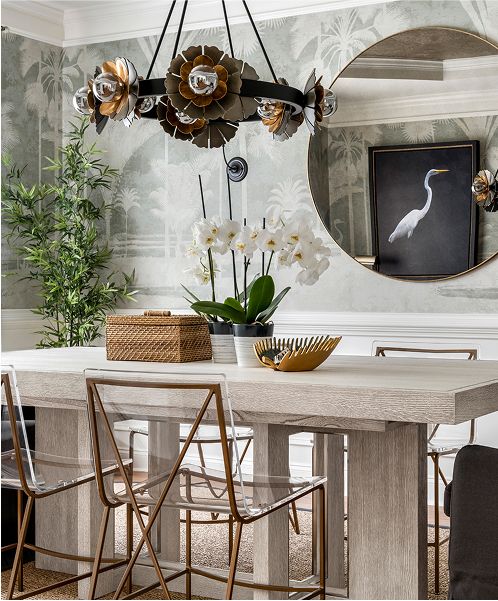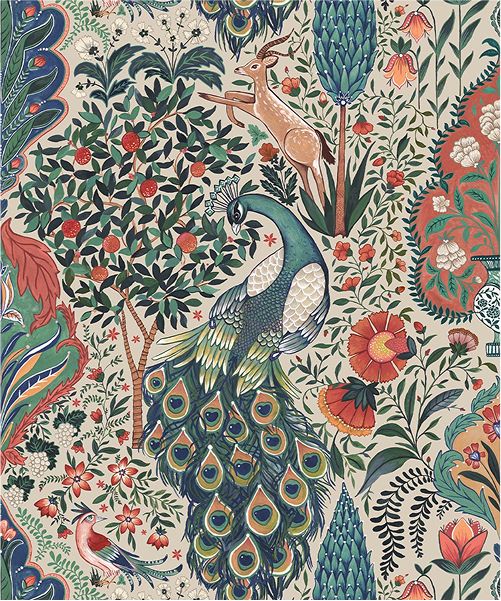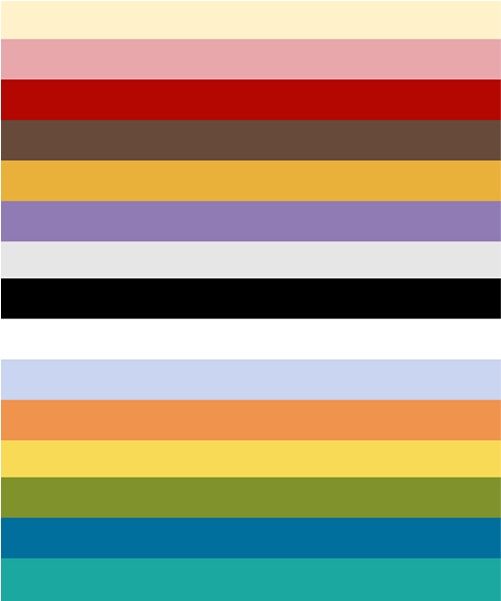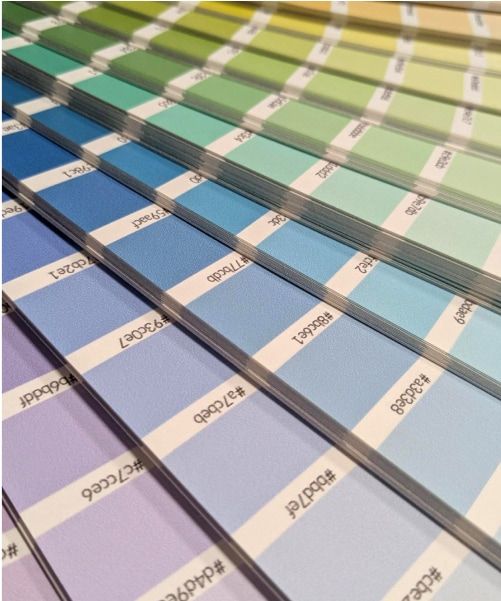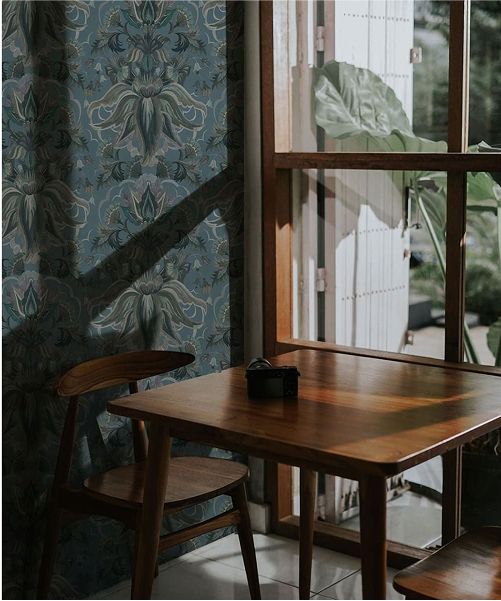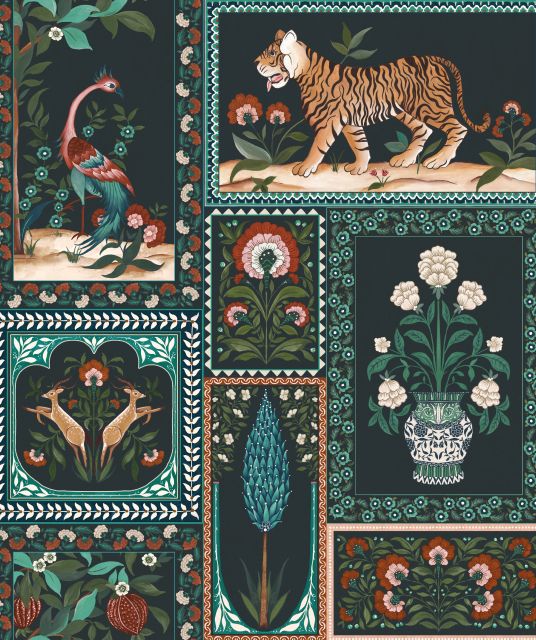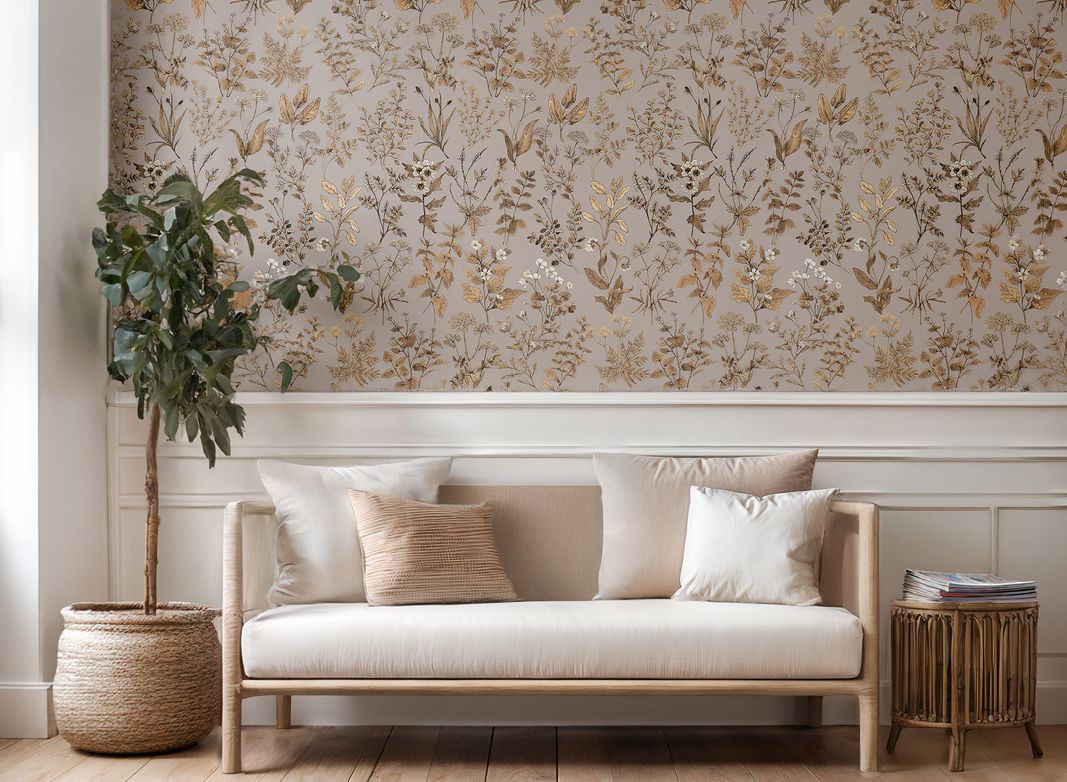Non-Woven Wallpaper
Non-woven wallpaper refers to the backing of the wallpaper which contains a combination of natural and synthetic fibers. A relatively recent innovation in the world of wallpaper, it is breathable, which reduces the risk of mold. The non-woven base reduces the amount that the wallpaper will expand or contract to almost nil which means no booking is required and no overlap when installing. It is durable and easy to install which makes it praised by installers and friendly to DIYers. Finally, non-woven wallpaper tends to be easily removed in whole pieces without the headache that previous wallpapers were known for. The vast majority of Milton & King’s wallpapers are non-woven.
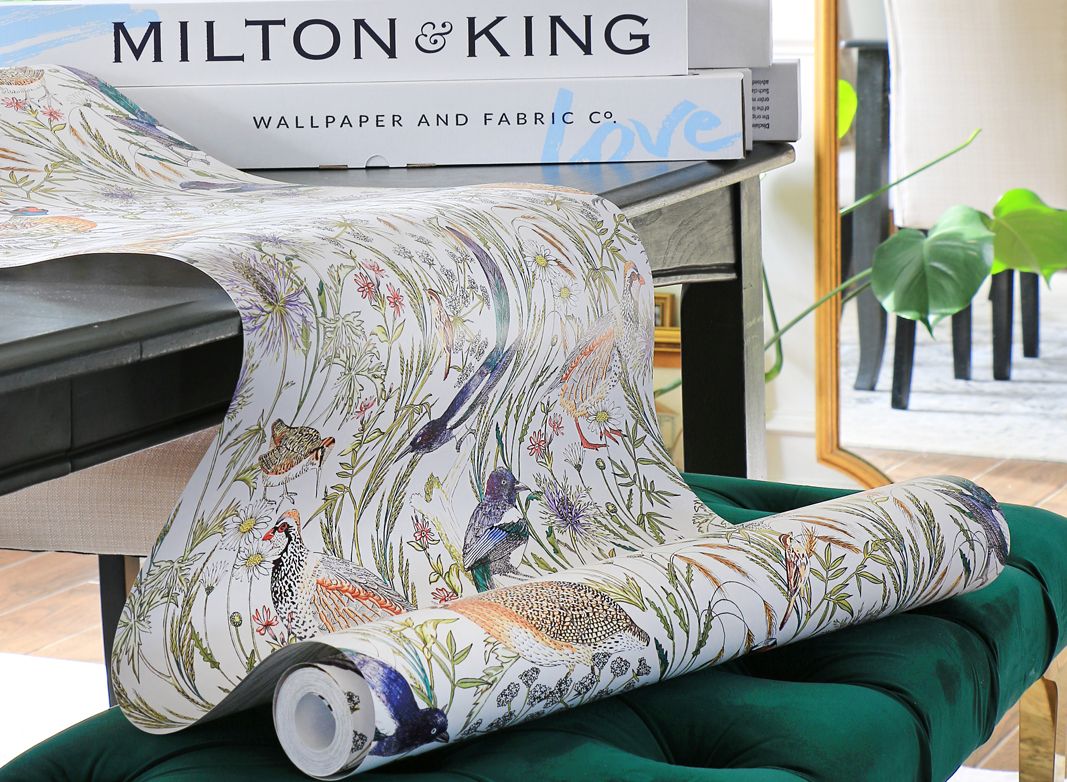
Peel & Stick Wallpaper
Peel & Stick is a synthetic wallpaper that is essentially like a giant sticker. Temporary or renters wallpaper is also synonymous with peel & stick as it is not meant for long-term use. Most peel & stick has a life of 1 to 5 years. The great thing about peel & stick is that it doesn’t require any additional tools like pastes or brushes. You simply peel off the backing and put on the wall. Many professional installers won’t install this type of wallpaper due to issues with bubbling. In addition, unlike pasted papers, you cannot maneuver a peel & stick wallpaper in place after it is on the wall to perfectly match the pattern at the seams. It requires you to peel up the paper and reapply which can be frustrating. However, if you’re looking for a quick fix and a temporary decor solution, peel & stick may be for you.
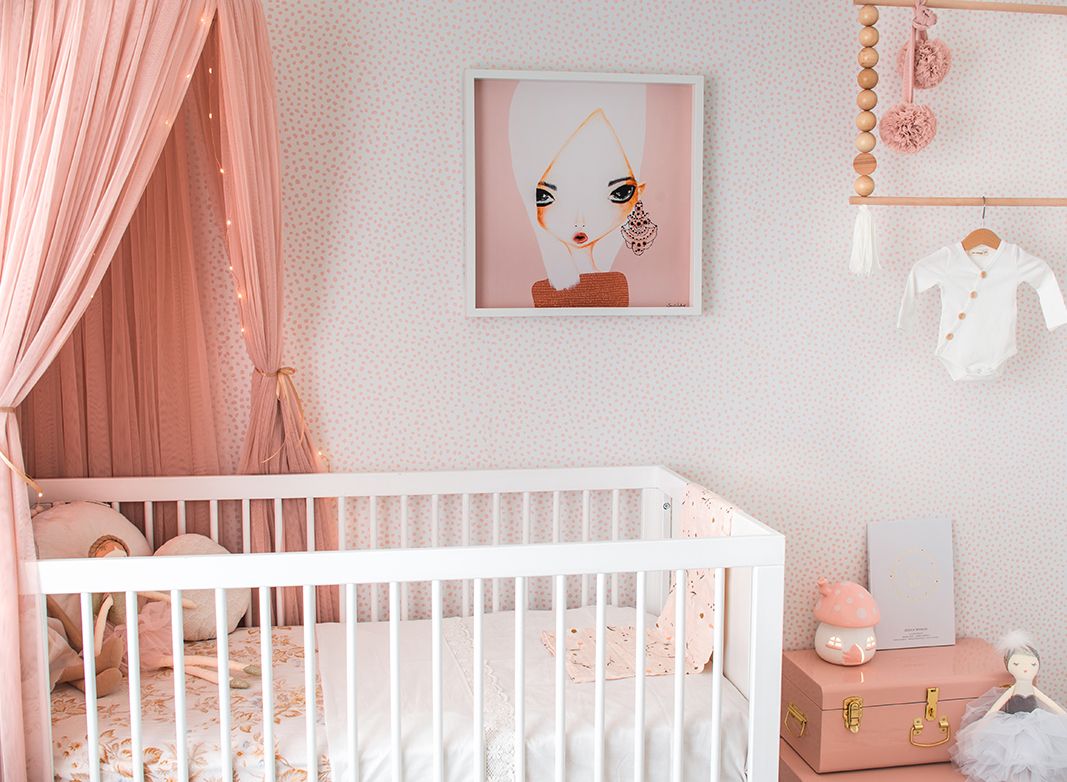
Huddy’s Dots Wallpaper photo courtesy of Jessikka Wilson
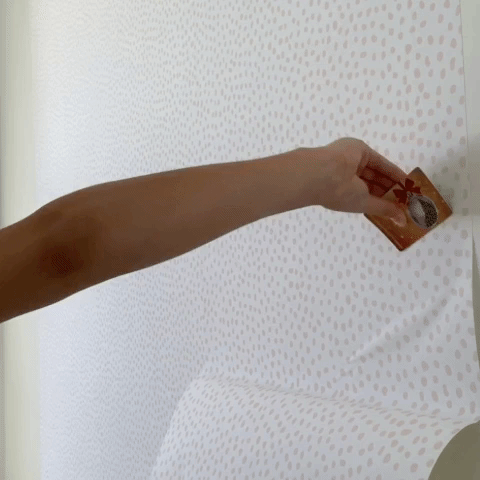
Jessikka Wilson Installing Peel & Stick Wallpaper
Standard Traditional Wallpaper
Standard or Traditional Wallpaper is an umbrella term that includes a lot of wallpaper types. Even non-woven often falls under this type of wallpaper. This type of wallpaper requires an adhesive to be either applied to the wall or to the paper depending on the manufacturer’s instructions. In addition to non-woven, this category of wallpapers can include silk, grasscloth and vinyl.
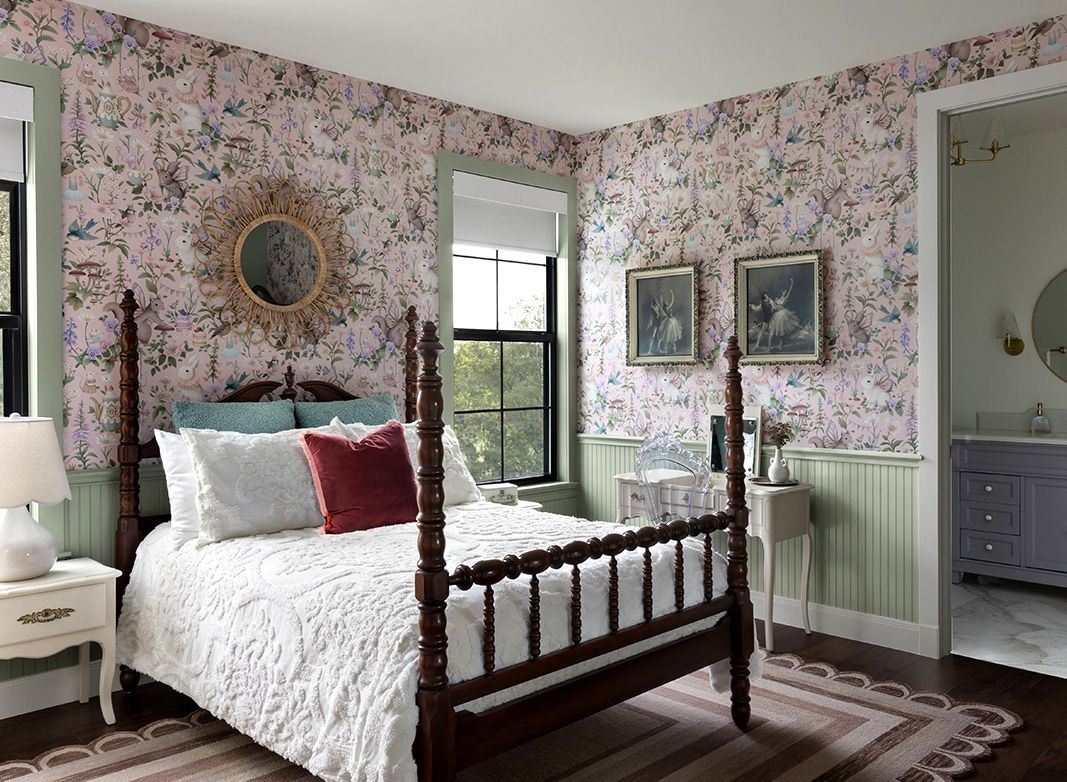
Garden Party Wallpaper photo courtesy of Anne Barger
Vinyl Wallpaper
Vinyl wallpaper is often referred to as a commercial wallpaper. It is extremely durable and hard-wearing and is either solid vinyl or has a vinyl coating on a paper, fabric or non-woven base. This also makes it washable. You’ve likely seen this wallpaper lining the walls of hotels and hospital corridors. You likely won’t find this wallpaper in a private home except in bathrooms or kitchen areas where a more durable product is needed. It is not easy to remove. Milton & King makes commercial vinyl wallpaper available to trade clients only.
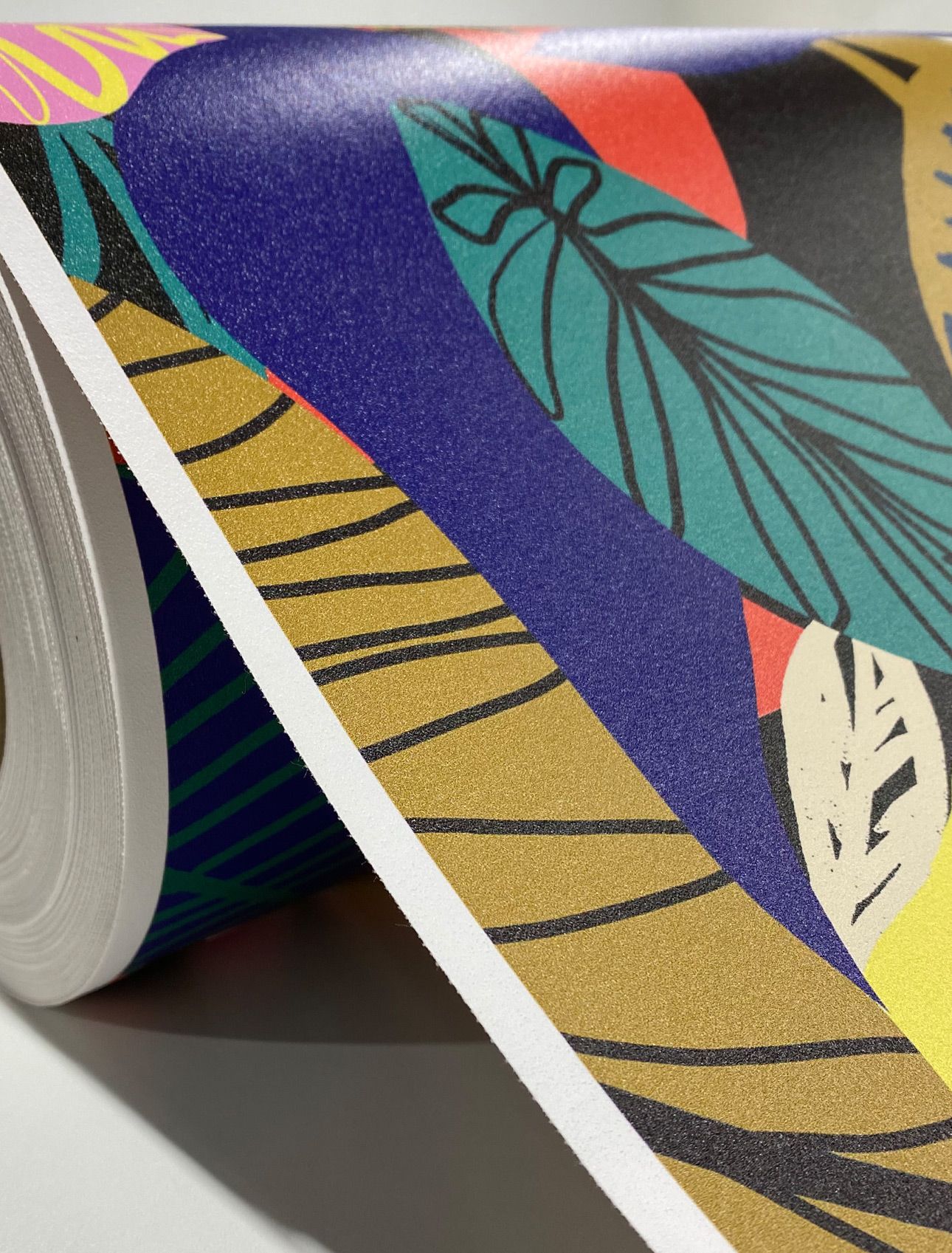
Grasscloth Wallpaper
Grasscloth wallpaper is a broad term that describes a type of wallcovering created using hand-woven natural fibers on an unpasted backing made of rice paper. But don’t be fooled by the term “grass.” Whilst many of the designs feature materials like hemp, sisal, jute and reed, the term has been broadened to also cover other organic materials like various rock and cork veneers. Often, what really differentiates the look from one grasscloth to another is not the base material, rather, it is the technique and pattern that is created using that material. These natural wallpapers are typically more expensive and also much more delicate and prone to stains as they are not meant to get wet. It is recommended that these are professionally installed and must be handled with care to avoid creases and any paste touching the face of the wallpaper.
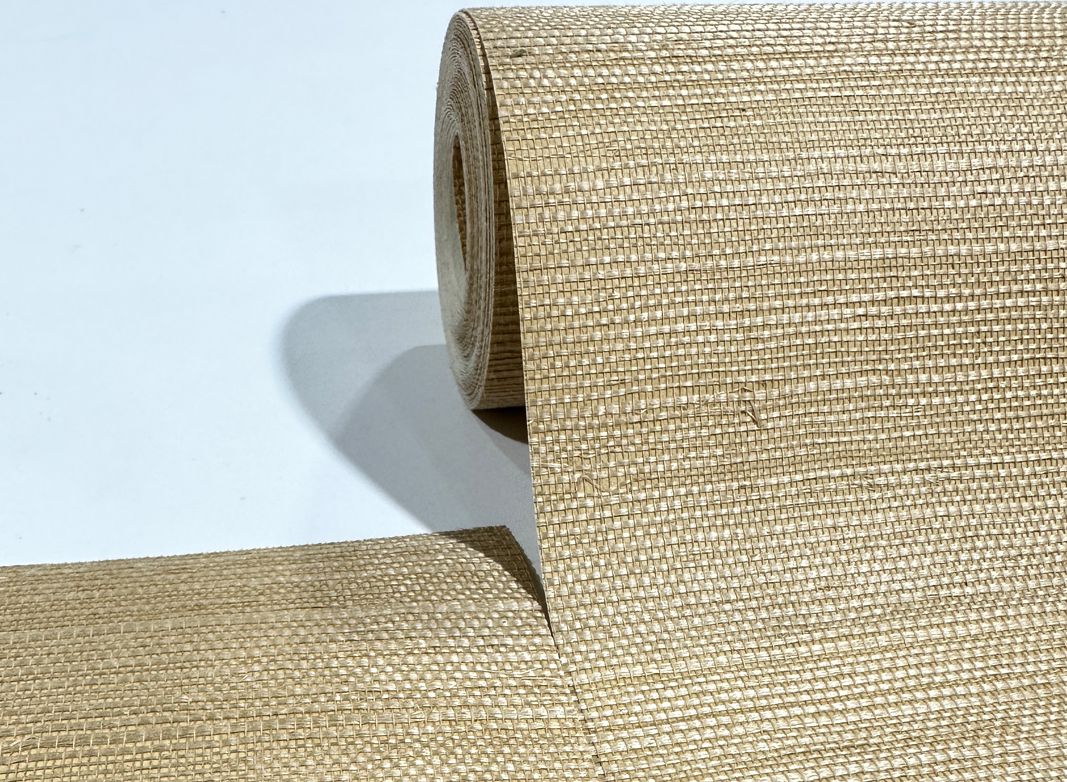
Metallic Wallpaper
Metallic wallpaper is a type of wall covering that incorporates a metallic finish, often achieved by embedding metal leaf or foil into the surface or by using metallic inks during the printing process. This creates a reflective, shimmering effect that adds a touch of luxury and glamour to interior spaces. The metal elements can be applied to both paper and vinyl bases. These types of wallpaper often require a greater amount of regular care to ensure that they don’t lose their luster while being careful about how they care cleaned to not damage the look.
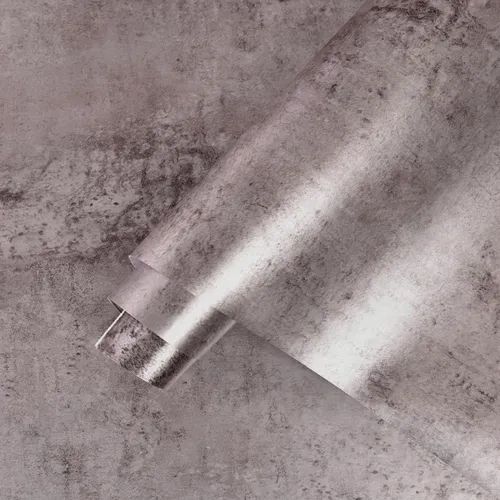
Fabric Wallpapers
Fabric wallpapers much like grasscloth is also an umbrella term. They can include grasscloth, silk, linen, cotton and synthetic fibers. It is considered a luxury wallcovering.
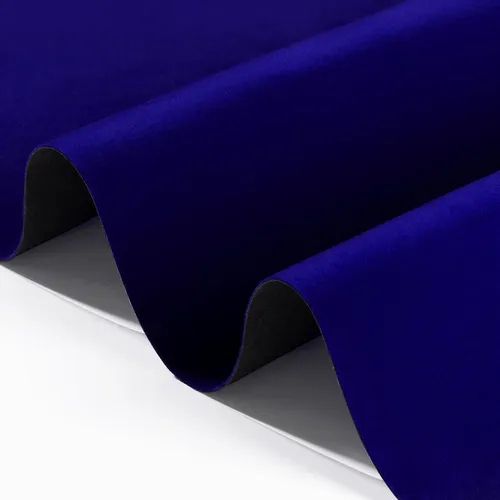
Unpasted – Paste The Paper – Paste The Wall
These wallpapers are characterized by having no adhesive. The adhesive needs to be applied to the paper or to the wall. Non-Woven papers, like those sold by Milton & King, are best installed by applying the paste to the wall. This makes the handling of the paper clean and easy because it is dry and helps prevent the paste from getting on the face of the paper.
While you can apply paste to the back of a non-woven wallpaper instead of to the wall, some wallpapers are functionally Paste-The-Paper wallpapers. This is because some wallpapers like those made of natural fibers such as grasscloths, require booking. Booking is where you fold inward the pasted side of the paper without creasing and let it sit for a few minutes which allows the paste to penetrate and distribute evenly across the paper. Often natural materials can expand or contract when in contact with humidity and this booking step allows the paper to acclimate and relax before you apply it to the wall.
Note: Milton & King’s non-woven paste-the-wall wallpaper is unpasted, requiring a separate adhesive to be applied to the wall. This wallpaper requires no booking.
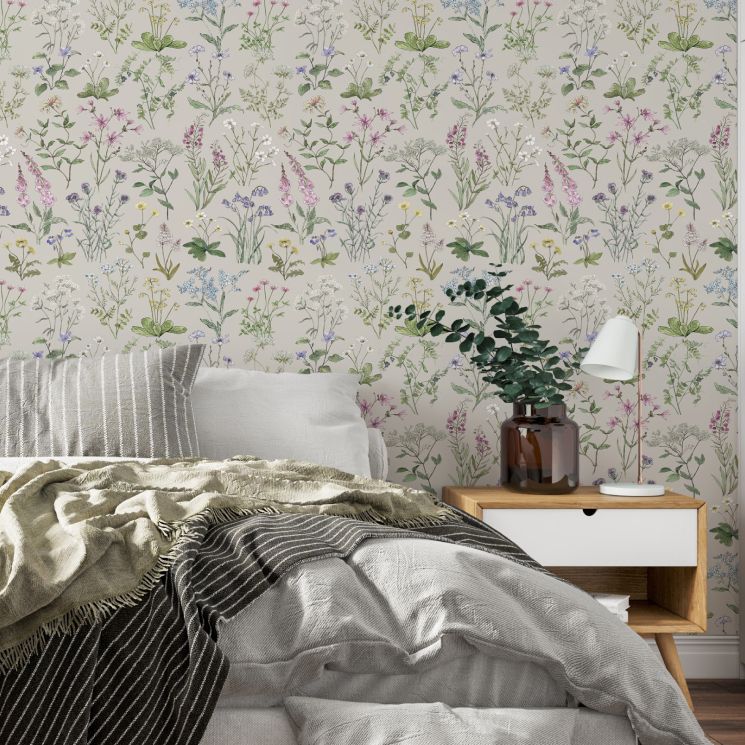
Pre-Pasted Wallpaper
Pre-Pasted wallpapers can include peel & stick wallpapers where the tacky side of the wallpaper is already on the paper and is simply exposed by peeling a film from the backside of the paper. It can also include papers where there is a dried adhesive on the backside of the wallpaper. You typically have a tray that you can use to submerge the wallpaper or you can spray the paper to liquidize and activate the adhesive before applying to the wall.
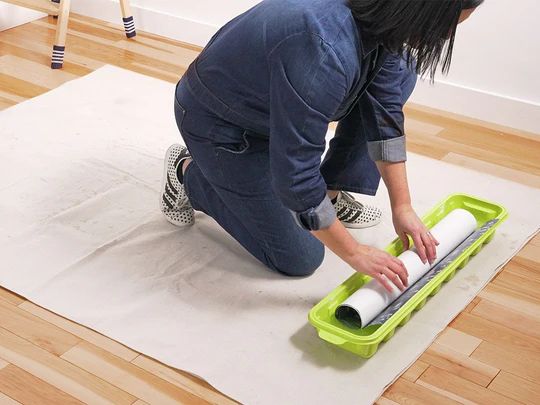
Photo courtesy of Hygge & West
There are many different types of wallpaper options to consider when shopping. This is by no means a completely exhaustive list but it should give you a pretty good idea of what you can expect shopping for wallpaper online. While non-woven, unpasted wallpaper is what you’ll encounter with most designer wallpaper brands, pre-pasted and peel & stick is a popular alternative and often cheaper temporary option. Only you can decide what is right for you. At Milton & King, we stand by the non-woven, paste-the-wall wallpaper. Start shopping for your non-woven, paste-the-wall wallpaper and transform your interior today!
